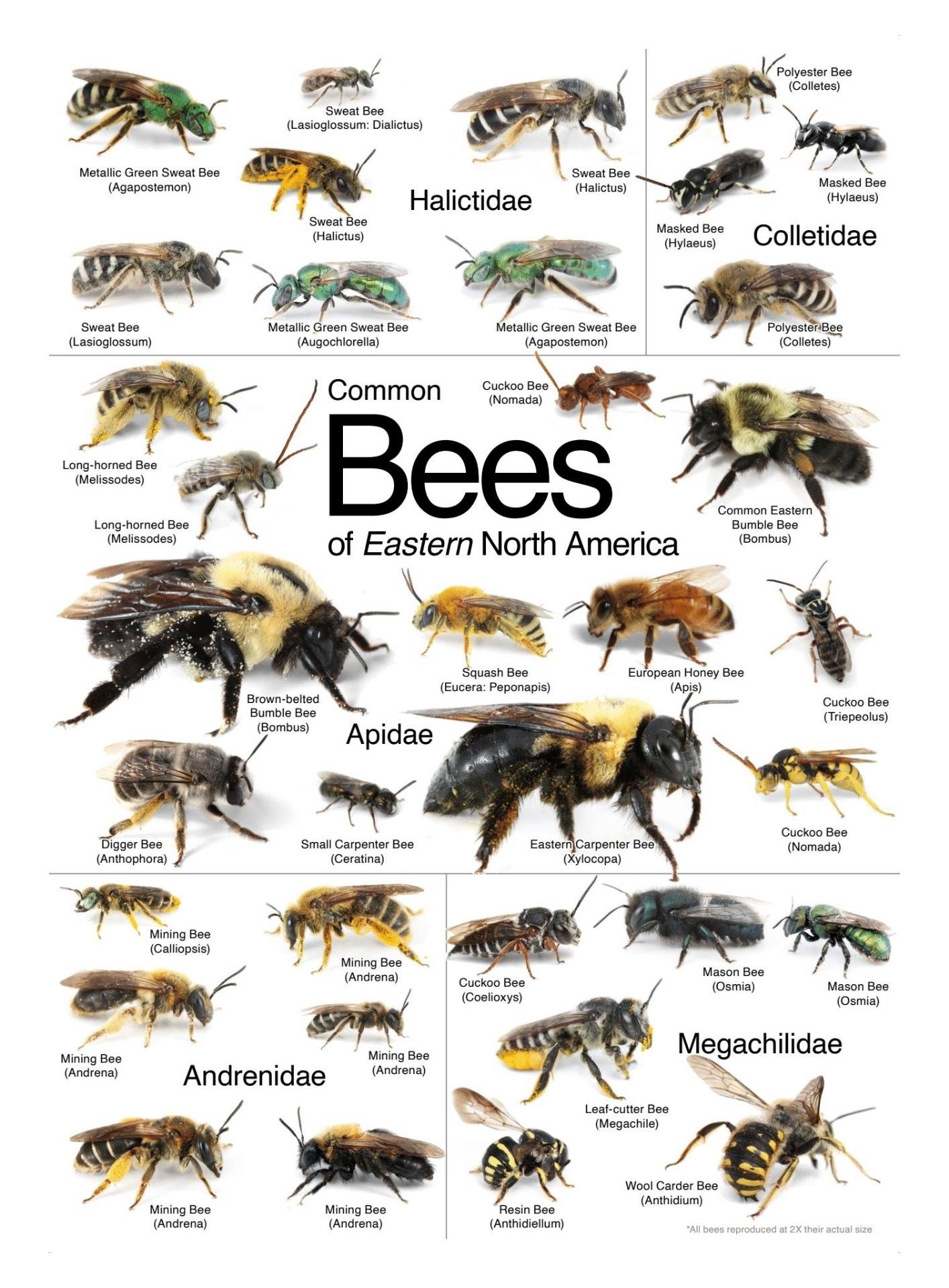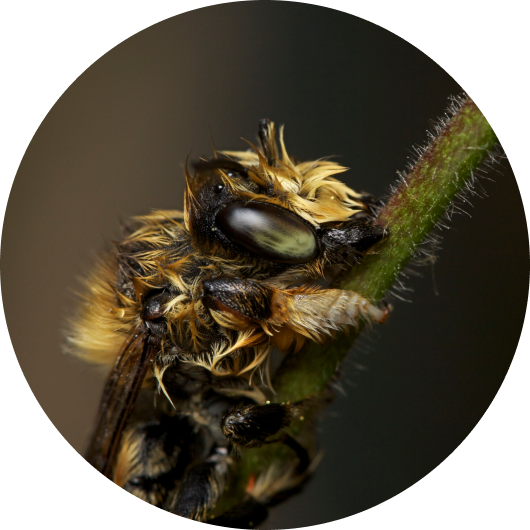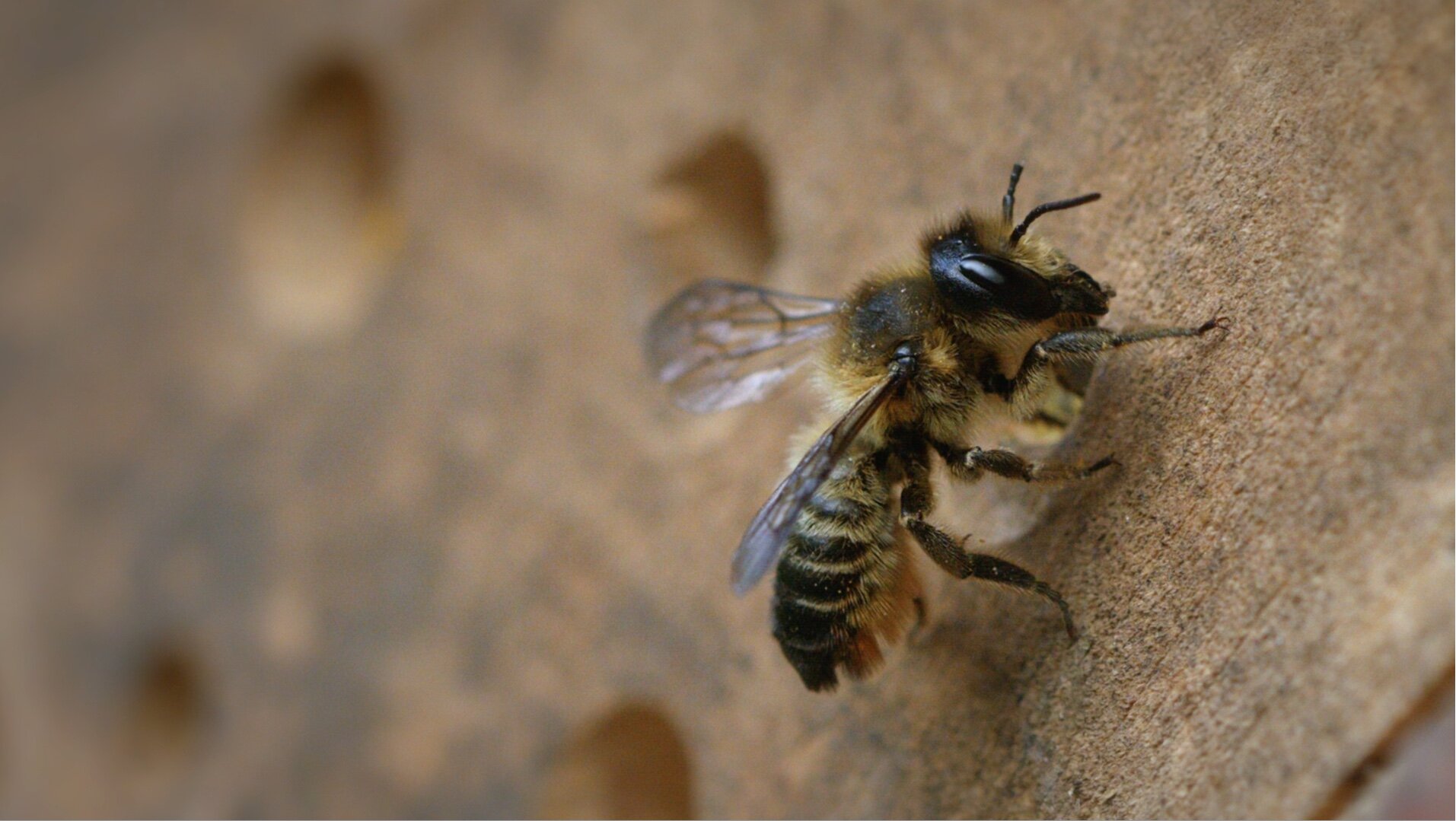
Educational Materials
Want to learn more about wild bees in North America? Explore The Grasslands of the Northern Great Plains, a free content packet from WWF Wild Classroom.
The resources in this content pack are designed to encourage learners to explore, analyze, and discuss the importance of grassland ecosystems like the Northern Great Plains, the benefits grasslands provide to wildlife and people, and our role in protecting them. The resources also take a look at the role pollinators play to keep ecosystems healthy while familiarizing learners with the pollinators and wildflowers native to their area. These resources are great for grades 3-8, but can be adapted for any age group.
Materials include:
Teaching Tools
Discussion Questions
Activities
Download the free WWF Wild Classroom toolkits and share the wonder of bees with your students!
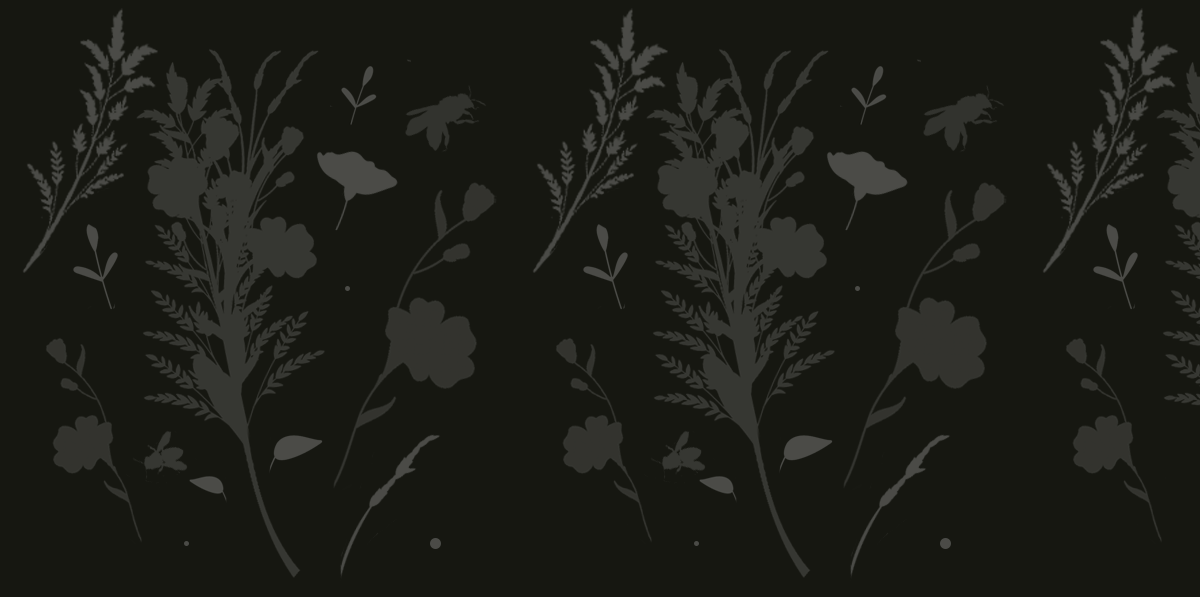
Exploring Wild Bees
Continue the classroom conversation on bees and pollination using this PBS LearningMedia lesson plan and video clip. Using footage from My Garden of a Thousand Bees, the 9-minute video brings viewers into the world of wild bees.
Explore Local Wildlife with a BioBlitz
A Bioblitz is an exciting and engaging outdoor activity that empowers your community to collect information about your local plant and wildlife.
Using handheld devices like mobile phones and tablets – and the community science app iNaturalist – your participants can transform a local park or garden into a living laboratory. Photo observations they make are instantly uploaded into the global database, where species are identified by the millions-strong iNaturalist community, and the data is used by real conservationists and researchers who study species health and biodiversity.
Use the #PlantWildflower BioBlitz Guide to organize an outdoor BioBlitz event. Participants will need the iNaturalist and Seek apps, or access to printed guides.
Bee Species Biodiversity
Did you know that there are more than 20,000 unique bee species on Earth? Nearly 4,000 of them can be found in North America.
Wild bees and other pollinators play an important role in healthy ecosystems, including the pollination of most fruit, vegetables, grains, and flowers. Without wild bees, we wouldn’t have chocolate, coffee, apples, pizza, and many more of your favorite foods.
Want to identify some of the common native bee species in your backyard?
Download a free Bee Identification Card for your region of North America, created by The Bees in Your Backyard.
Plant Native Wildflowers for Native Bees
Our precious native pollinators are facing challenges from declines in their habitat and food supplies, line nectar and pollen.
Everyone can help support native bees and other pollinators at home and in their local communities by providing and protecting their habitats through simple actions like planting one square foot of native wildflowers and preserving old logs, wood, and snag trees in your yard or local park.
As acclaimed wildlife filmmaker Martin Dohrn says in My Garden of a Thousand Bees:
“There’s no such thing as a weed. There’s only plants that people don’t understand.”
Watch this video and others from Seeker, Days Edge Productions, and HHMI Tangled Bank Studios to learn more about you can help support native bees with native plants and habitat protection.
Protect the wild bees and their habitats in your community with these organizations:
Discover more amazing facts about bees and native plants in additional resources:
3 Things You Can Do To Help Your Local Pollinators from WWF
Bee Knowledgeable Library from Crown Bees
Bring Back the Pollinators Campaign from the Xerces Society
Community Science Projects from the Xerces Society
Ecoregional Planting Guides from the Pollinator Partnership
From the Ground Up Campaign from The Bee Conservancy
Native Pollinator Garden Recipe Cards from the Pollinator Partnership
Pollinator Conservation Resource Center from the Xerces Society
Wildflower Planting Guides from American Meadows
Build Citizen Science Kits - Oberserving Pollinators from SciStarter
